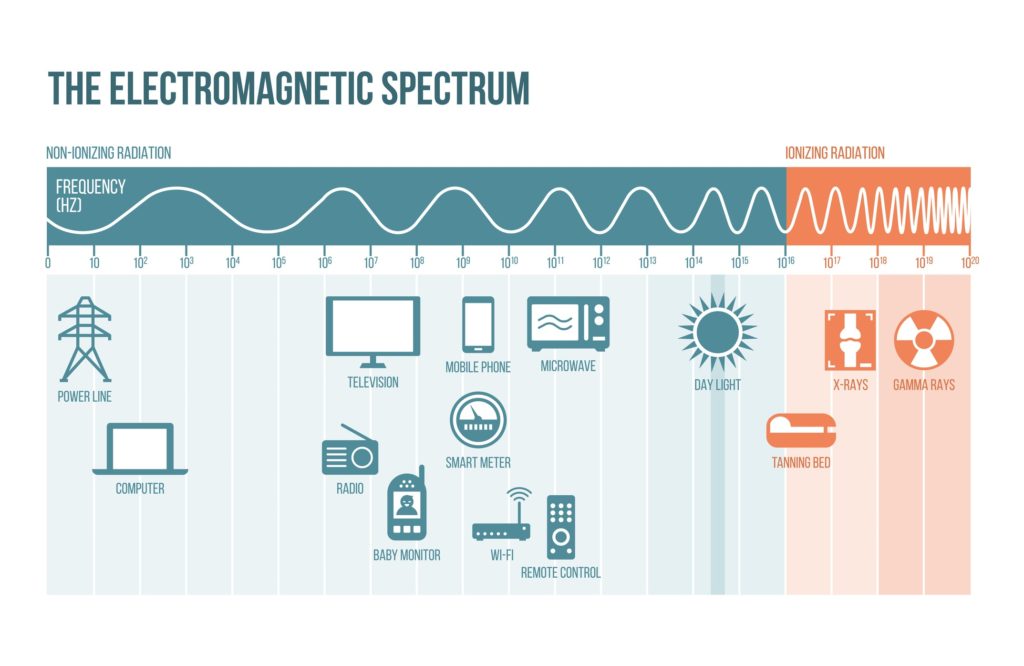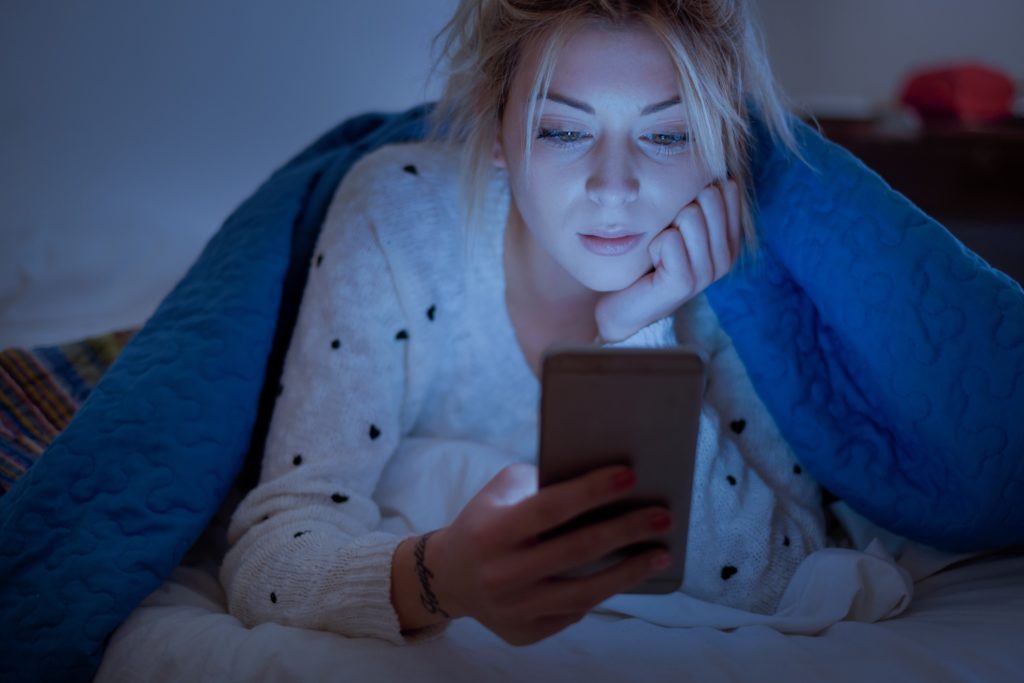Our society is heavily reliant on technology. It’s incorporated into our personal lives, work lives, and it’s even got a solid stronghold on the entertainment avenues we seek to decompress. From our work lives to our children’s school lives, screens are everywhere. With over 3.5 billion people owning and using smartphones worldwide, we can’t ignore their need or our reliance on these devices in our lives. We know they give us access to great conveniences;, with the power of microprocessors right at our fingertips, we can find almost any information we want. We use them for schedules, for ordering products, and we use them for educational purposes too. But what about the science behind cell phones and brain activity? Can the frequent use of cellphones change how our brains work? Let’s take a look at what kind of data the science community has for us regarding cell phones and the brain.
Cellphones and Brain Activity – Are There Negative Health Implications?
If you’ve taken a look at published studies over the last several years, you’ll probably find a bunch of research that points in either direction. In fact, neuroscientists and researchers don’t have a conclusive answer. A common concern among cellphone users is that the overuse of cell phones may cause cancer. According to a collection of data and research examined by the American Cancer Society, published research studies remain inconclusive or lean towards the improbability that cellphone use contributes to cancer rates.
The reason for this concern stems from the basic way cell phones operate. RF waves, (radiofrequency waves) travel from cell towers to smartphones to relay data and calls. Variables such as the user’s distance from a cell tower, the type of phone being used, and the operations the user is utilizing on their device can change how much energy a phone emits or uses during use. RF waves are a form of non-ionizing radiation. Non-ionizing radiation is classified as such based on where it falls on the electromagnetic spectrum. Higher frequency waves register higher than ultraviolet waves, while lower frequency waves such as microwaves, RF waves, and infrared radiation fall below it. The primary focus of these radiation waves for the purpose of our blog is how they impact materials. Air, water, and living tissue react to lower levels of non-ionizing radiation in a very different way than they do to ionizing radiation. Non-ionizing radiation does not have enough energy to change or alter atoms or the molecular structure as noted in the above-mentioned materials. This means they typically cannot alter living cells into cancerous, dangerous cells within our bodies. While this type of energy does have the power to heat up materials, based on exposure levels, the risks are much different and typically less severe than those energies that fall under the ionizing radiation category.

The reason for controversy stems from prolonged cell phone use and its ability to heat up tissue in the head and neck area. Several studies have been conducted to determine the impact of prolonged use in correlation with higher cancer rates or tumor presentation both in live and lab studies. While the general consensus from experts is that there may be a risk for cancer, based on prolonged exposure, the data collected did not fully support that claim. In summary, while there is no verified data stating that cellphones cause cancer, they may have other detrimental or associated risks such as addiction.
The Psychological Impact of Smartphones on the Brain
In another recent study, researchers dove into smartphone addiction, or SPA. This study focuses on cue reactivity and it’s correlation with smartphone use and other addictive behaviors. Cue reactivity is defined as a conditioned response to stimuli, whether a drug, other substance or, in this case, smartphone use. Cue reactivity is widely studied in the medical and neuroscience professions regarding addiction and addictive behaviors. Researchers have discovered that prolonged cell phone use is linked with cue reactivity in users, stimulating a rewarding neurological response in the brain, causing addiction to its use.
When speaking to addiction, studies such as these have started to examine the fallout from SPA. When losing your phone leads to anxiety, or you find yourself checking your phone obsessively, don’t be surprised. You may be experiencing a technologically driven form of addiction. Mobile phone use and its effects on the brain doesn’t stop there either. With their observed and studied addictive properties, users are bringing them everywhere, including the bedroom when it’s time to rest.

In this article from Johns Hopkins University, the impact of cellphones on healthy sleep habits is reviewed. Many cellphone users keep their phones on their nightstands, or nearby while sleeping. Alerts are just an arm’s reach away. If you’re like many, climbing into bed at the end of the day and scrolling through social media or catching up on news means you’re being exposed to blue light for a prolonged period of time right before a restful period. Blue light suppresses melatonin creation; melatonin is the hormone whose production is stimulated by darkness. Its purpose is to help regulate our circadian rhythms and help us become sleepy at night, and get quality, restful sleep. When exposed to blue light too soon before bedtime, it interferes with our bodies’ ability to sleep restfully throughout the night.
How Can We Have Healthier Cell Phone Habits?
To lower your risks for SPA or any other concerns you may have, limiting your cell phone use is best. Fight the urge to constantly check your phone, leave your phone in the living room or away from your nightstand at night, with notifications set to emergency only. Instead of scrolling through the news or playing games when you lay down, try reading a book or enjoying a warm bath. Fighting addiction in any form can be difficult, so be kind to yourself as you make these changes in your routine.
Would you like to learn more about research projects we fund regarding addiction? The United Brain Association proudly champions and supports a variety of research projects. If we’re going to find cures, we need a way to get funding to the most promising research quickly; to do that, we are raising awareness. Learn how you can help by following this link.
If you’d like to receive updates on current and upcoming research projects we’re helping to fund, as well as United Brain Association events, news, and blogs, please subscribe to our email list here. Together, we’ll find a cure to end brain disorders worldwide.
You Are Not Alone
For you or a loved one to be diagnosed with a brain or mental health-related illness or disorder is overwhelming, and leads to a quest for support and answers to important questions. UBA has built a safe, caring and compassionate community for you to share your journey, connect with others in similar situations, learn about breakthroughs, and to simply find comfort.

Make a Donation, Make a Difference
We have a close relationship with researchers working on an array of brain and mental health-related issues and disorders. We keep abreast with cutting-edge research projects and fund those with the greatest insight and promise. Please donate generously today; help make a difference for your loved ones, now and in their future.
The United Brain Association – No Mind Left Behind




